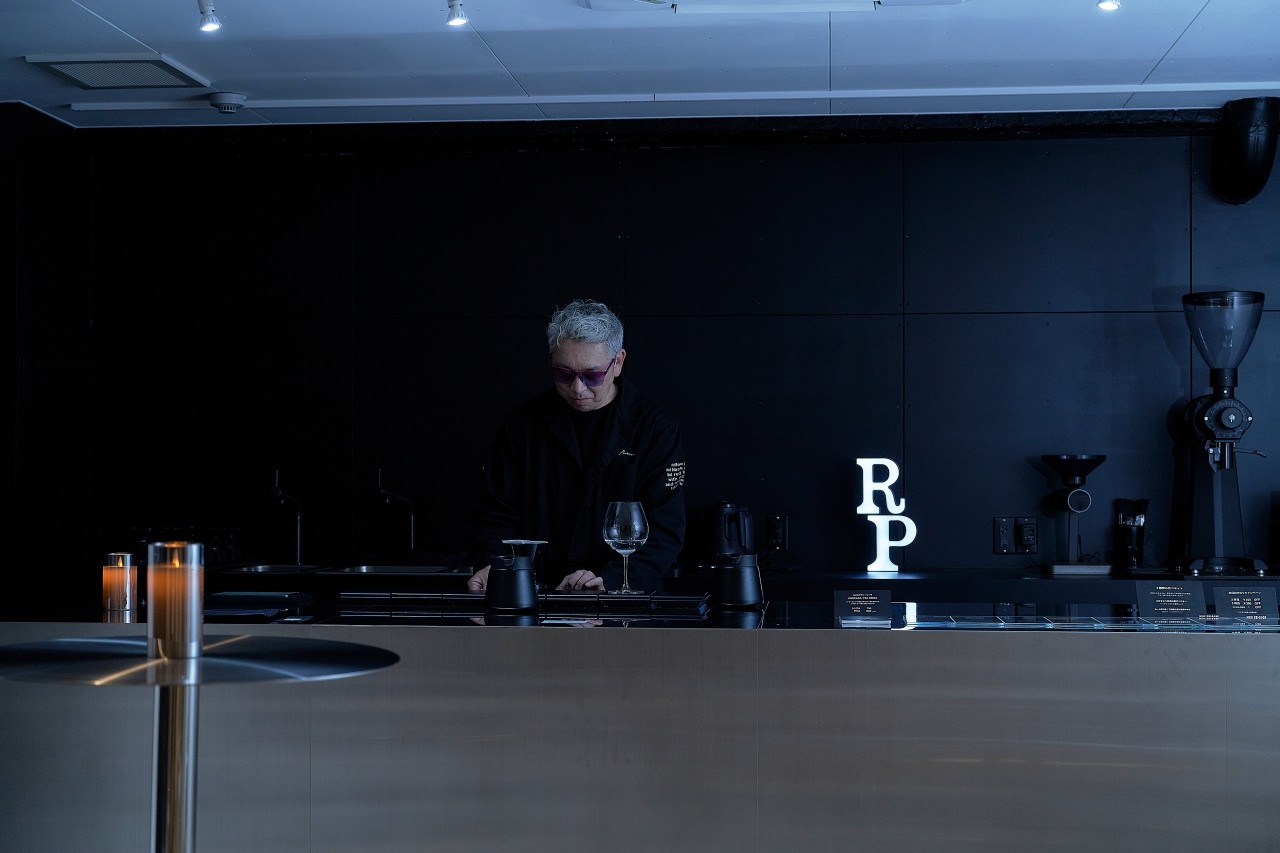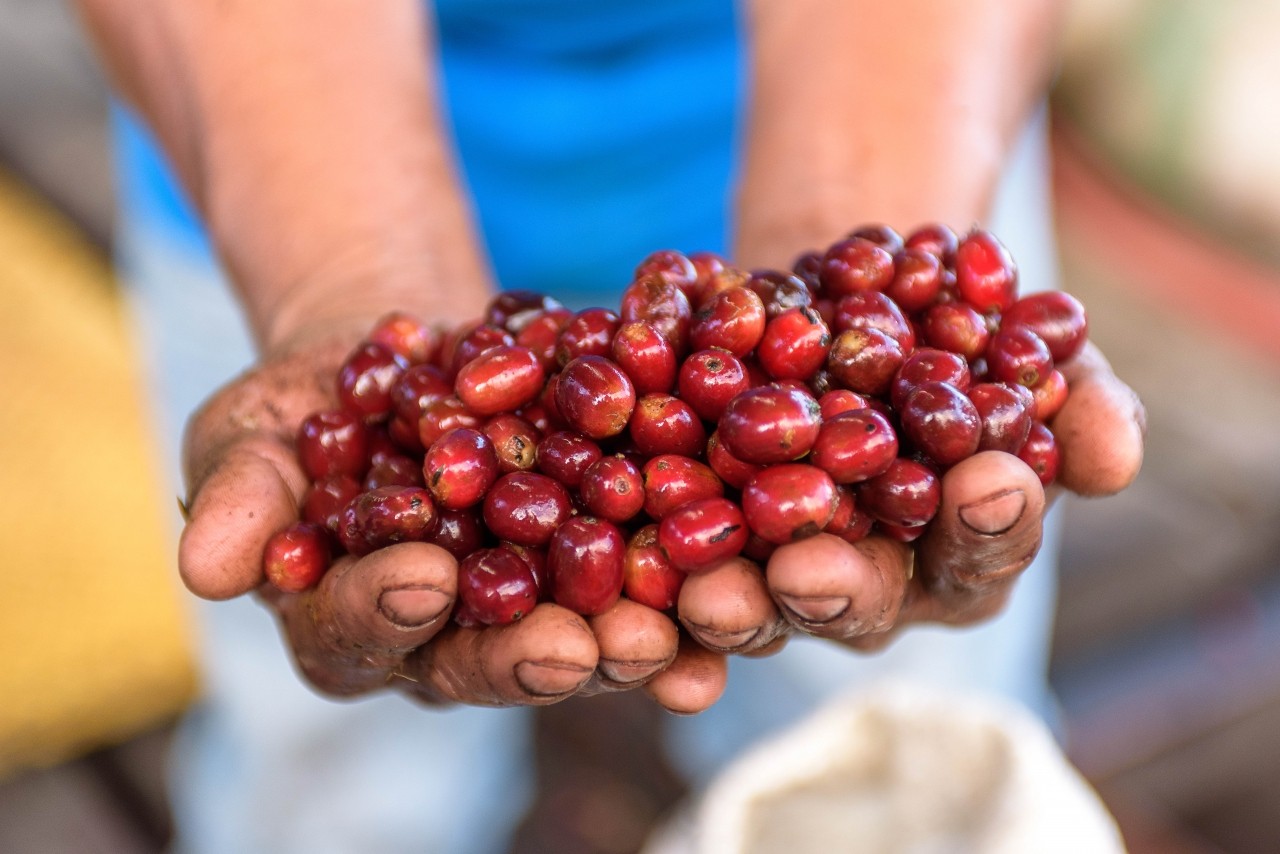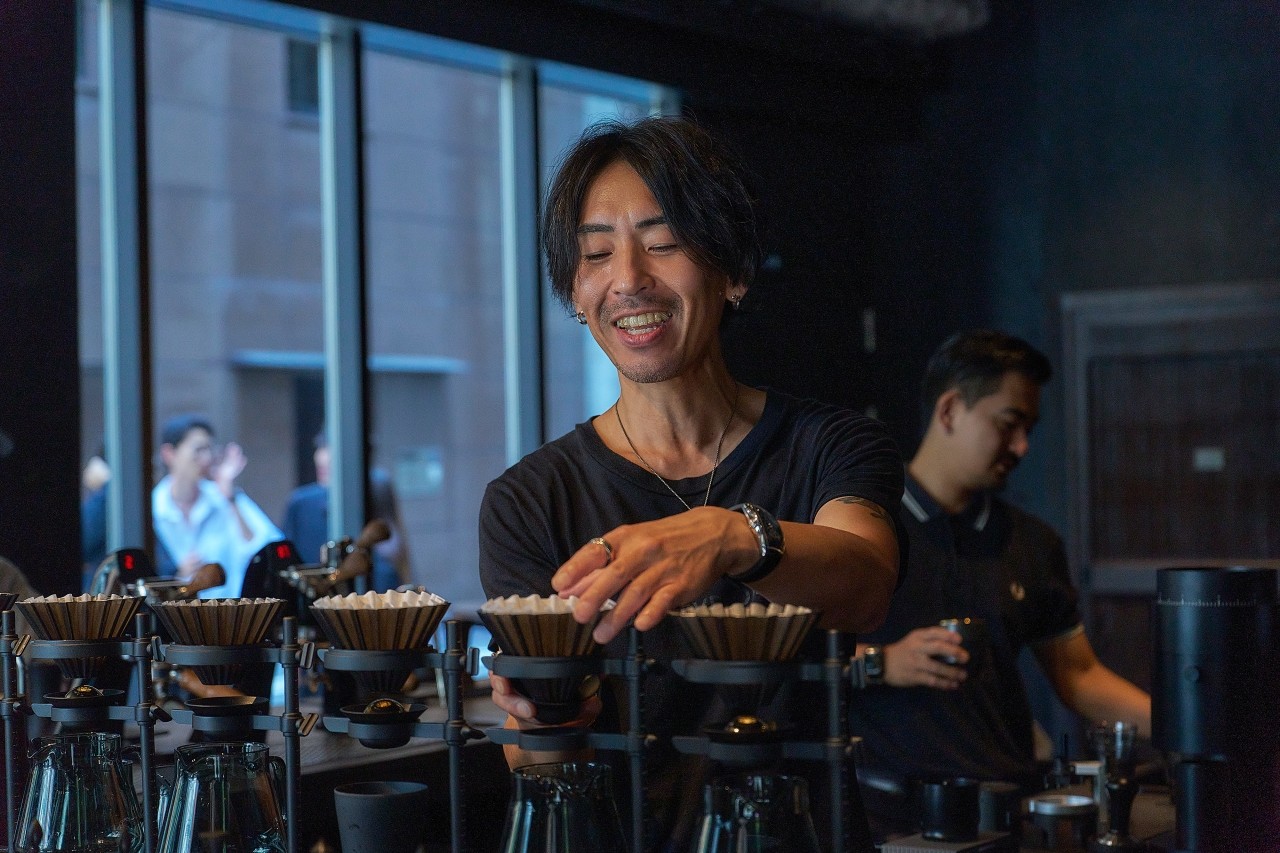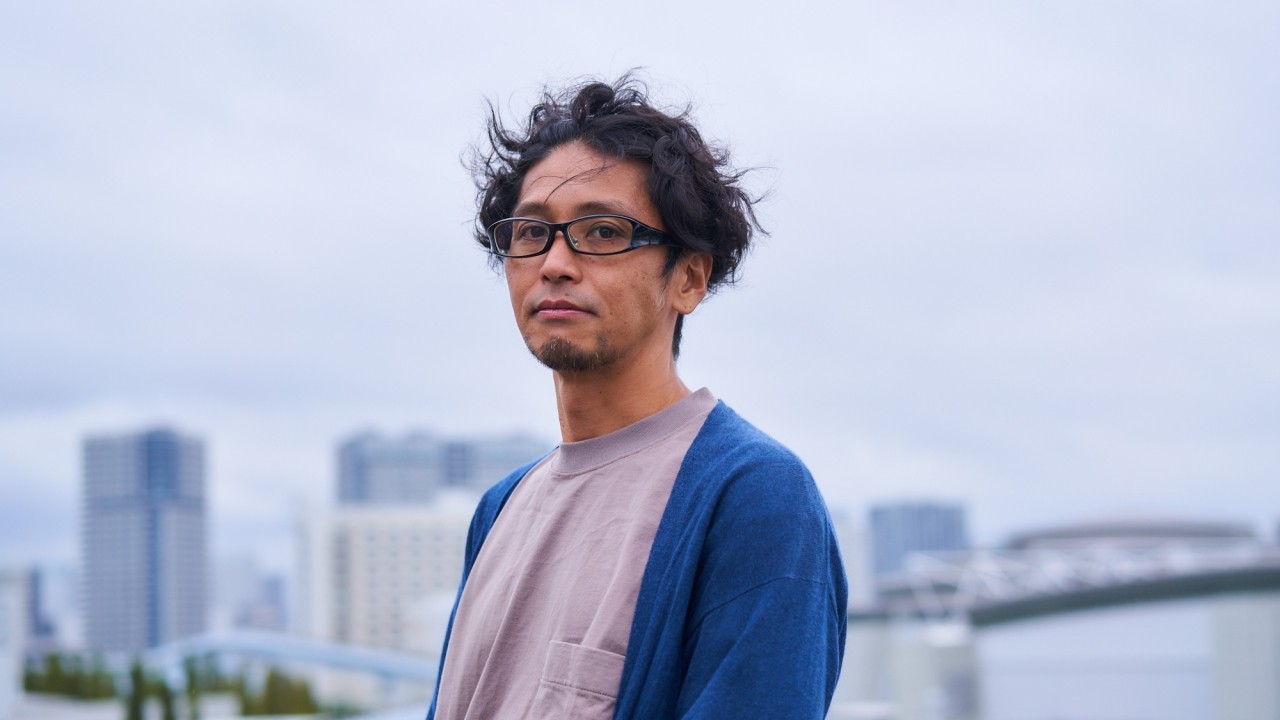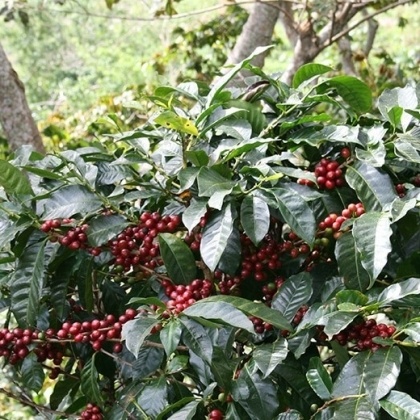Difference between new crop and old crop coffee beans
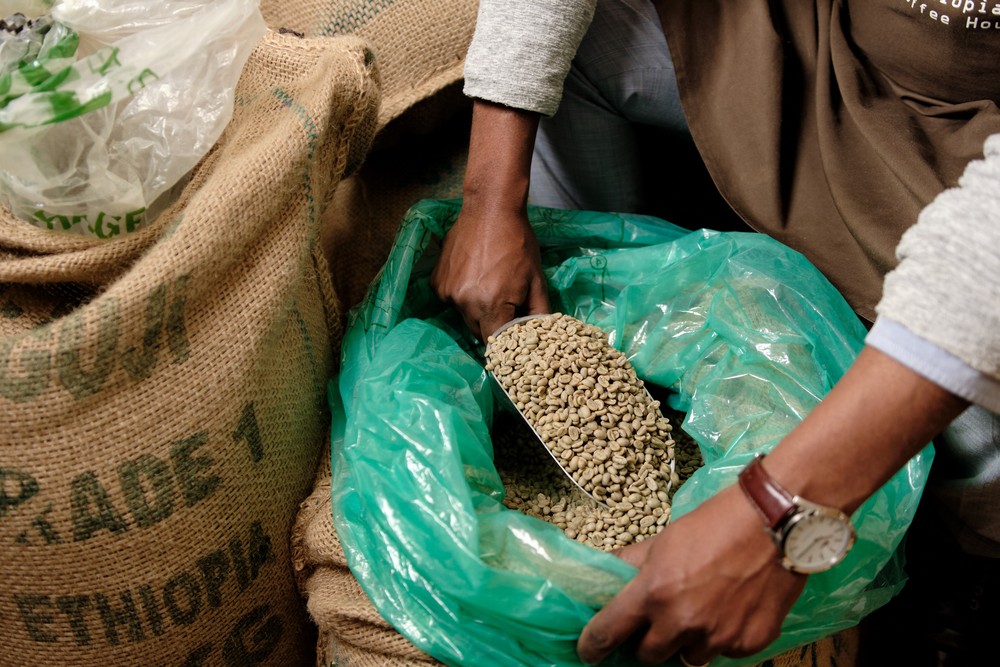
You may see coffee beans referred to as "new crop" or "old crop" in coffee shops.
Although it may not be commonly found in specialty coffee shops, Old Crop coffee may be on the menu at traditional coffee shops. What is the difference?
Although it may not be commonly found in specialty coffee shops, Old Crop coffee may be on the menu at traditional coffee shops. What is the difference?
Classification of harvest year of green coffee beans
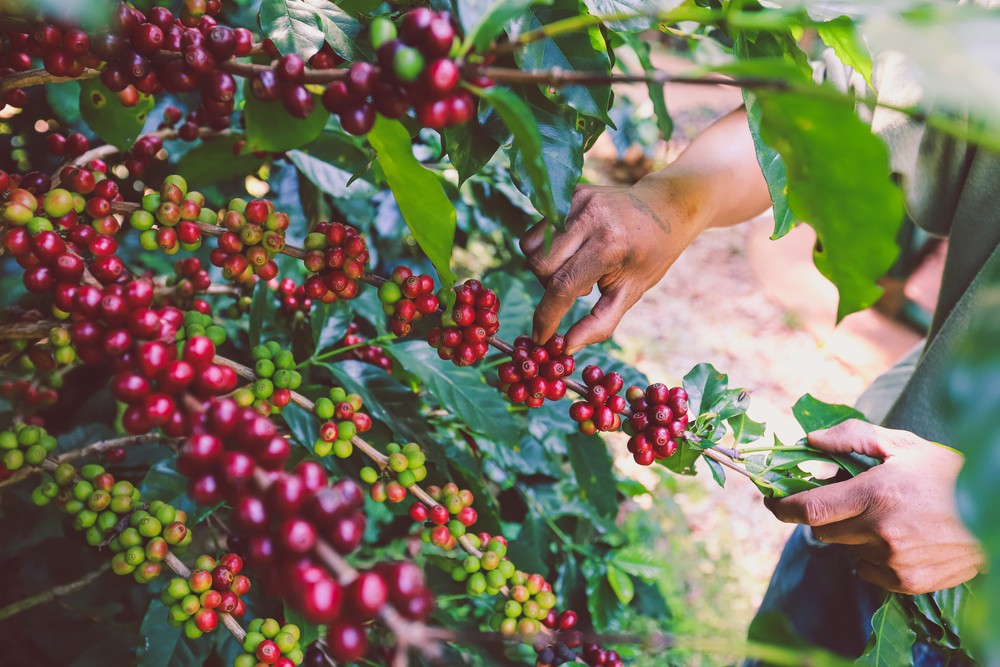
New crop and old crop refer to green coffee beans (beans before roasting). The general classification is as follows:
New crop : Coffee beans harvested in the current year (within the harvest year) or coffee from the next year.
Current crop : Coffee beans harvested in the current year (within the harvest year)
Perst crop : coffee beans harvested in the previous year
Old crop : Coffee beans that were harvested before the previous year, or coffee beans that have been aged for several years.
The coffee year is a year that starts in October. This is because it is based on the harvest season in Brazil, the world's largest coffee producing country.
What's even more confusing is that there is a time lag of approximately six months between the harvesting of the coffee berries in the producing country, the selection (production) process, and the time the green coffee beans arrive in Japan.
It can be difficult to determine which year a crop comes from, as each country has a different harvest time and number of harvests.
When you buy coffee beans at a specialty store, the harvest year is often listed, so it would be a good idea to check that here.
The reason why there are entries that include the Western calendar, such as "2023/24", is because it starts in October as mentioned above. This will refer to the harvest year from October 2023 to September 2024.
New crop : Coffee beans harvested in the current year (within the harvest year) or coffee from the next year.
Current crop : Coffee beans harvested in the current year (within the harvest year)
Perst crop : coffee beans harvested in the previous year
Old crop : Coffee beans that were harvested before the previous year, or coffee beans that have been aged for several years.
The coffee year is a year that starts in October. This is because it is based on the harvest season in Brazil, the world's largest coffee producing country.
What's even more confusing is that there is a time lag of approximately six months between the harvesting of the coffee berries in the producing country, the selection (production) process, and the time the green coffee beans arrive in Japan.
It can be difficult to determine which year a crop comes from, as each country has a different harvest time and number of harvests.
When you buy coffee beans at a specialty store, the harvest year is often listed, so it would be a good idea to check that here.
The reason why there are entries that include the Western calendar, such as "2023/24", is because it starts in October as mentioned above. This will refer to the harvest year from October 2023 to September 2024.
Why New Crop is important

As mentioned above, new crop refers to coffee beans that were harvested within the year.
In a more limited usage, it can also be used to specifically refer to green beans that have just arrived or are about to enter a port (in Japanese, it is also called ``new beans'').
This new crop is prized in specialty coffee. The reason for this is that it is proposed that the coffee expresses the characteristics of its production area (microclimate), so New Crop and Current Crop are suitable for enjoying the differences in aroma and flavor derived from the green beans. Because it can be considered.
Green coffee beans are processed (selected) in the producing country and exported in a stable condition that can withstand transportation and storage (for example, with a moisture content of around 10%).
However, even if the beans are kept in a stable state, even if they are stored in an environment with little change in humidity or temperature, the water will slowly drain out and the components such as sugar and chlorogenic acid contained in green beans will also be lost little by little. To go.
By roasting and drinking coffee while these changes are minimal, you can enjoy the aroma and taste of coffee beans even more.
However, these changes occur constantly in green beans, and there is no standard for how long after harvesting the flavor will be retained or how long it will be lost.
In a more limited usage, it can also be used to specifically refer to green beans that have just arrived or are about to enter a port (in Japanese, it is also called ``new beans'').
This new crop is prized in specialty coffee. The reason for this is that it is proposed that the coffee expresses the characteristics of its production area (microclimate), so New Crop and Current Crop are suitable for enjoying the differences in aroma and flavor derived from the green beans. Because it can be considered.
Green coffee beans are processed (selected) in the producing country and exported in a stable condition that can withstand transportation and storage (for example, with a moisture content of around 10%).
However, even if the beans are kept in a stable state, even if they are stored in an environment with little change in humidity or temperature, the water will slowly drain out and the components such as sugar and chlorogenic acid contained in green beans will also be lost little by little. To go.
By roasting and drinking coffee while these changes are minimal, you can enjoy the aroma and taste of coffee beans even more.
However, these changes occur constantly in green beans, and there is no standard for how long after harvesting the flavor will be retained or how long it will be lost.
Characteristics of old crop

Among old crops, green beans that have been stored for several years, sometimes even decades, in suitable storage conditions are said to be aged.
This is said to take advantage of the changes in green beans and change the ingredients, resulting in a mellow, easy-drinking coffee with less bitterness and acidity.
In the case of beans that have a sharp acidity or green beans that contain many components that cause strong bitterness, it is well thought that this aging process will remove the edges and make the beans mellow (= some of the components will be lost). You can
Old Crop has many enthusiasts for this reason, and it is difficult to predict what kind of coffee will be produced by aging it from the raw beans before aging. It is said that experience is important in specialty stores.
The difference between old crops and new crops is determined by how much time has passed since they were harvested. Each has its own characteristics that result from this, but it goes without saying that they are not indicative of deliciousness.
I think it's more important to try both and find the coffee that suits your tastes.
This is said to take advantage of the changes in green beans and change the ingredients, resulting in a mellow, easy-drinking coffee with less bitterness and acidity.
In the case of beans that have a sharp acidity or green beans that contain many components that cause strong bitterness, it is well thought that this aging process will remove the edges and make the beans mellow (= some of the components will be lost). You can
Old Crop has many enthusiasts for this reason, and it is difficult to predict what kind of coffee will be produced by aging it from the raw beans before aging. It is said that experience is important in specialty stores.
The difference between old crops and new crops is determined by how much time has passed since they were harvested. Each has its own characteristics that result from this, but it goes without saying that they are not indicative of deliciousness.
I think it's more important to try both and find the coffee that suits your tastes.
2024.1.14
CROWD ROASTER
If you want to enjoy coffee more deeply
" CROWD ROASTER APP"
Manabu at CROWD ROASTER LOUNGE
・Push notifications for article updates・Full of original articles exclusive to CROWD ROASTER
・Direct links to detailed information about green beans and roasters
App-only features
- Choose green beans and roasters to create and participate in roasting events・CROWD ROASTER SHOP: Everything from beans to equipment is readily available
・GPS-linked coffee map function



